- Bianqiao, built by the doctor of Lu State in the Spring and Autumn Period, Bian Zhuangzi, today, Bianqiao still plays a role
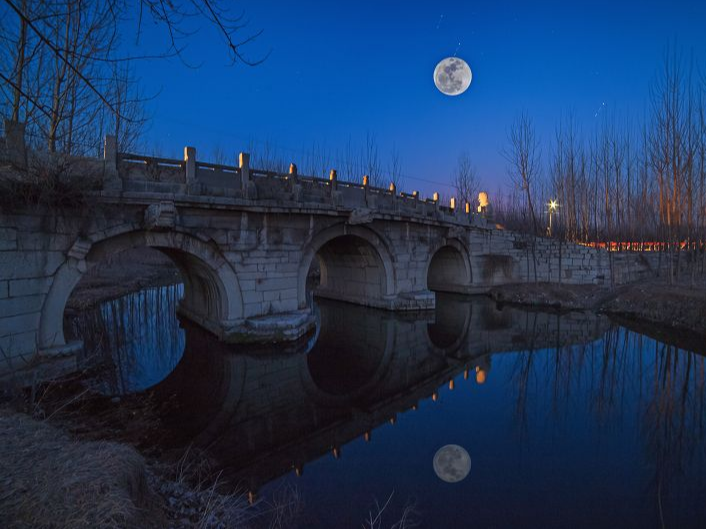
It was 24 kilometers southeast of Sishui County, Shandong, at the northwest end of Spring Forest, but saw a stone arch bridge spanning the Si River. The whole bridge is very majestic and majestic. From a distance, it looks like a rainbow lying on the Sihe River. This bridge is called Bian Bridge. Its name is derived from the place name at that time. In ancient times, this place was called Bian Country, so the bridge was naturally called Bian Bridge. On the night of the Mid-Autumn Festival, double moons appear in the water, hence the name "Bianqiao Shuangyue", also called Shuangyueqiao, which was formerly one of the "Ten Views of Surabaya".
The Bian Bridge was originally built by Bian Zhuangzi, a doctor of Lu State Xuan Gong (about 690 BC) during the Spring and Autumn Period. It was a simple bridge with 8 stone bars. According to Sima Qian's "Historical Records": Bian Zhuangzi, the doctor of the State of Lu, who was at the same time as Confucius, loved the people like his son, was wise and brave. The local tigers are plagued and the people suffer. One day, two tigers, big and small, were fighting to eat a cow, and Bian Zhuangzi drew his sword to stab the tiger. Guan Zhuzi hurriedly persuaded him to say, "Look, two tigers are fighting for a cow. Fighting must fight, and fighting will result in death and injury. After they finish fighting, you will stab you. It will not save effort and win the beauty of stabbing two tigers. Is it a name?" Bian Zhuangzi listened to the advice and watched the two tigers fight, but the little tiger died and the big tiger was injured. Bian Zhuangzi then rushed forward, stabbing the injured tiger to death without much effort, killing two birds with one stone. The proverb of "sit on the mountain and watch the tiger fight" comes from here. Confucius once praised Bian Zhuangzi's bravery, and Bian Qiao became famous for it. In the Ming Dynasty Zhang Zuo’s poem wrote: "The lonely mountain city contains autumn grass, and the thorny tigers die with courage. Only when the bridge was on the moon, the night was still to the west of the water."
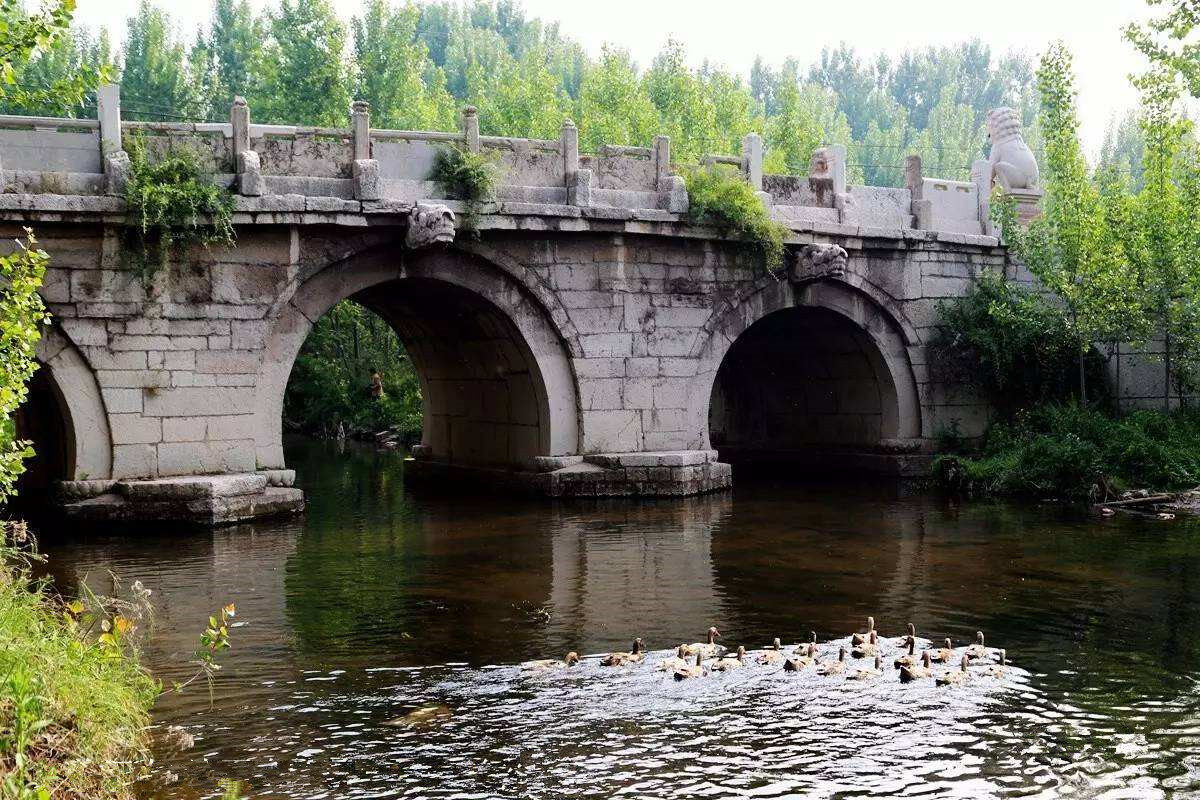
According to legend, when Chu and Han were fighting, Han Xin took refuge under the bridge to repay his favor and was rebuilt into a three-hole stone arch bridge. In the early Tang Dynasty, Li Shimin fought to return to the bridge. After hearing a humanistic allusion, he asked Wei Chigong (word Jingde) to rebuild the bridge. To this day, the vault under the bridge is still engraved with "Jing De Supervision". Typeface.
The spring water from the spring forest flows into the Si River under the Bian Bridge. The Bian bridge is arc-shaped, going east-west, and is built with three-hole arches. The bridge is 24 meters long and 6 meters wide, with an approach bridge of 35 meters at each end. The middle hole of the three-hole arched stone bridge is about 5 meters high, the east and west small holes are about 4 meters high, the middle hole span is 4.5 meters, the arch foot is 0.5 meters thick, and the vault is 0.4 meters thick. Inscribed on the top of the middle hole arch voucher is "Rebuilding the stone bridge in Bianqiao Town, starting from August 1st in the 21st year of (Jin) Dading (1181) and ending on April 8th, 22nd. Remember."
There is a pair of large stone lions at the head of the Bianqiao bridge, squatting opposite each other on the Xumi lotus seat, with a mighty look and lifelike image; the lower part of the bridge pier is a shuttle-shaped facing the water; there are lotus seats at the arch feet, and the petals are plump and round, with a clear late Tang Dynasty Style, the following parts of the supporting stone should be late Tang architecture.
The vault is inlaid with open-carved dragon heads protruding out of the bridge 0.6 meters from the north to the south, with deep eyes and high noses, and curling hairs floating behind the ears, forming an open mouth, with orbs or swimming fishes in the mouth, various shapes and different looks; the bridge deck There are 14 watch columns and 13 fences on each side. The tops of the columns are carved with cloud heads, fences and 14 watch columns.
The viewing column is a rectangular stone column with a lotus pattern engraved on the top; a flat line is engraved with cloud and water patterns around the fence, and relief sculptures of figures, flowers, rare birds, exotic animals, clouds and water, mountains and rocks, and buildings are engraved in the middle. The content is rich and colorful. Exquisite and superb, among them, the relief images of "Taigong Fishing", "Bianzhuang Stabbing Tiger", "Zhou Chu Eliminating Three Harm", "Panasonic Asking Boy" and other relief images are vivid and have high artistic value and appreciation value.
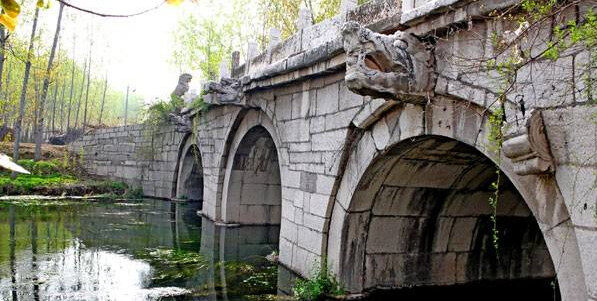
Bianqiao integrates mathematics, mechanics, and aesthetics. It has a beautiful appearance and sophisticated construction. The stone carving adopts techniques such as line carving, relief carving, open carving, and overall carving, which integrate the ancient carving art. It has an ingenious layout, reasonable structure, and elaborate design. The entire bridge is integrated and extremely strong. Despite the vicissitudes of wind and rain for more than 800 years, the main building is basically intact except for the bridge deck, pillars and railings.
In the 21st year of Jin Dading (AD 1181), it was rebuilt. In the 9th year of Ming Wanli (AD 1581), part of the fence and pillars were supplemented. In 1978, reinforcement and repairs were carried out, a stone lion was re-carved, and the pillars, balustrades, bridge piers, and approach bridges were supplemented; in 1998 and 2006, they were repaired twice.
The Bian Bridge has a long history. Even from the rebuilding, it has a history of more than 800 years, and it predates the Beijing Lugou Bridge that was built in the 29th year of Jin Dading (1189). It is an existing ancient stone bridge with Zhaozhou Bridge in Hebei, Luoyang Bridge in Quanzhou, Jiangdong Bridge in Zhangzhou, and Lugou Bridge in Beijing. "Special History of Ancient Economy · History of Ancient Bridges" records that Bianqiao "may be a rare late Tang building in the country".
Today, Quanlin Bianqiao has been announced by the State Council as the sixth batch of national key cultural relics protection units.
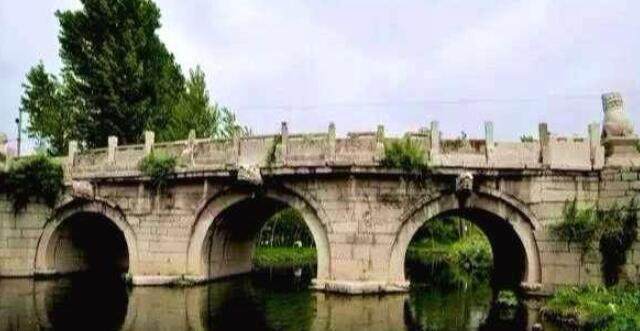
Bianqiao is full of vicissitudes of life and simplicity, and has not been decadent for thousands of years. Under the bridge, there is a clear wave, and the willows on both sides of the strait are Yiyi. Under the bridge, there is a river of quiet water flowing quietly from south to north. It is as quiet as a gust of wind. It can only be heard, not seen, only the sound of "screaming" and the graceful green floating along the water. Nian, clearly describing the direction of the water, the velvety green along the river is invisible.
Different from many ancient cultural relics, Bianqiao belonged to the flat-headed people, and it still performs its function today: the peasants who have returned from the hoe pass by, and the galloping bicycle slides over it. This is Bianqiao. . Editor/He Yuting
Comment
 Praise
Praise
 Collect
Collect
 Comment
Comment
 Search
Search



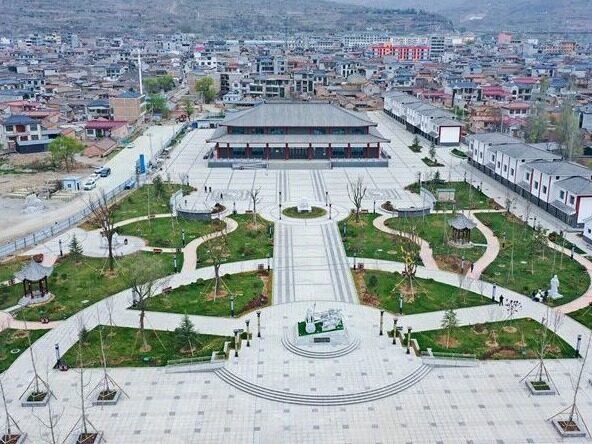

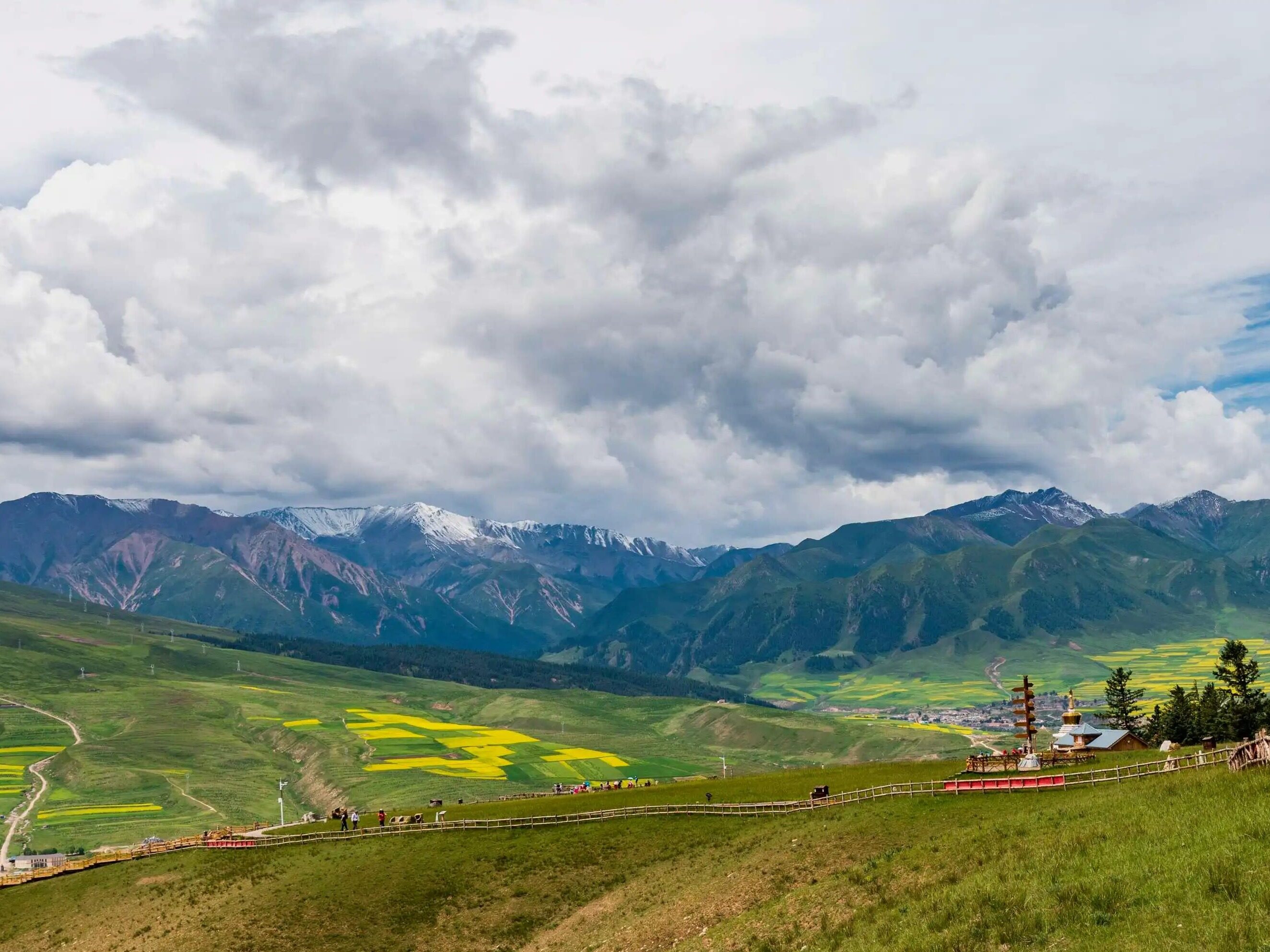
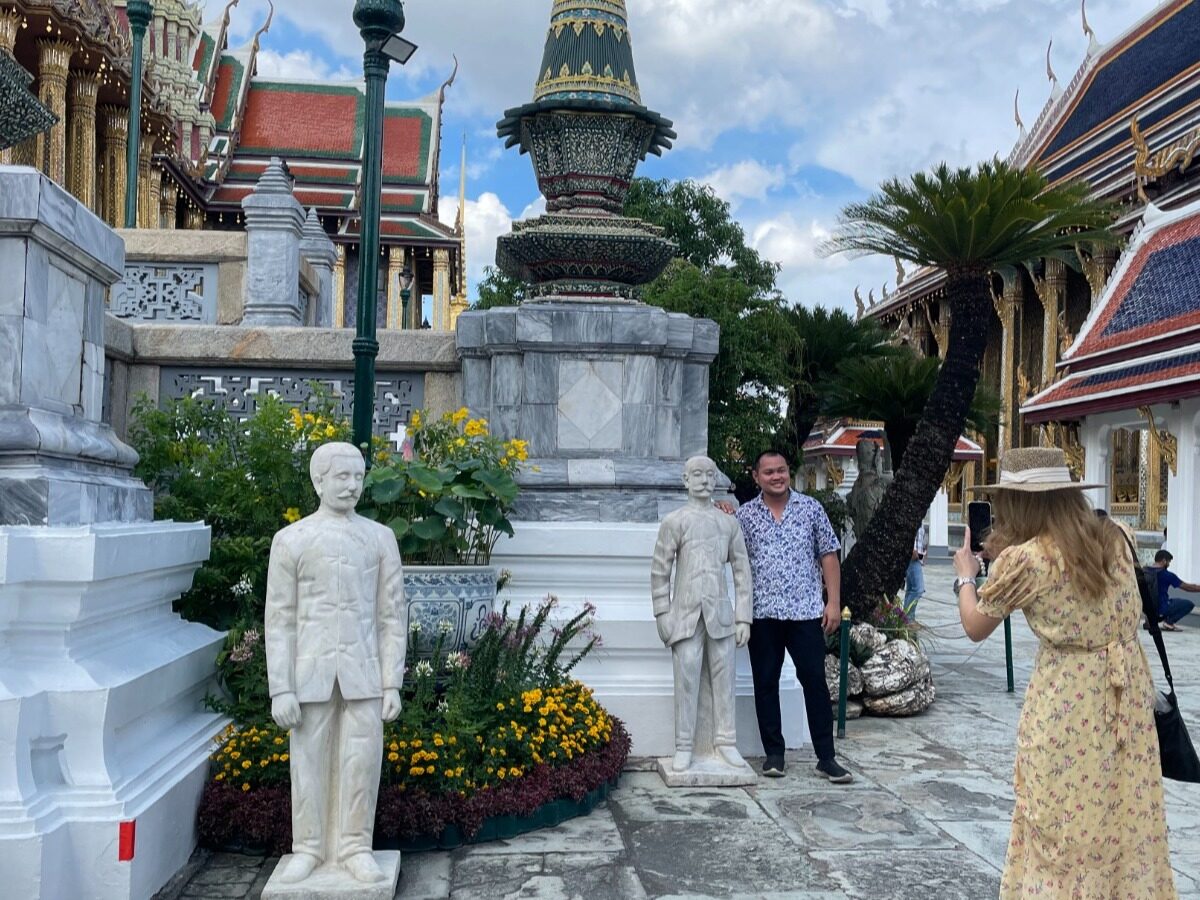
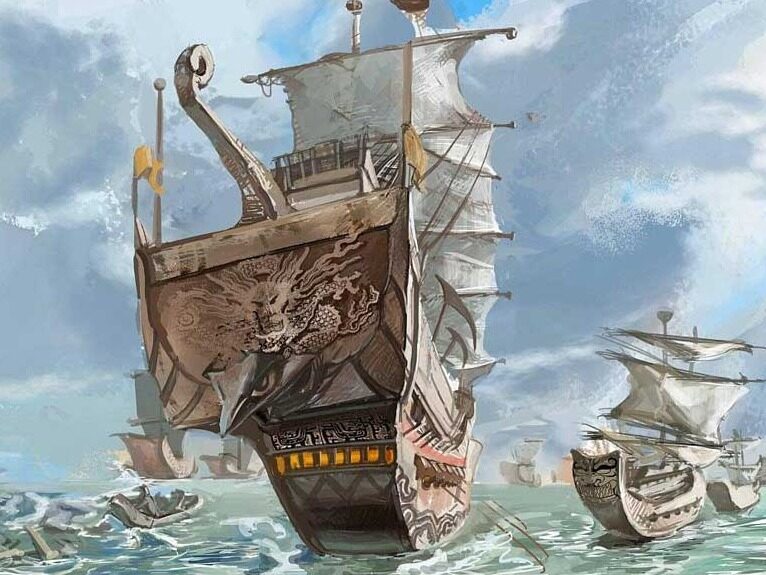






Write something~